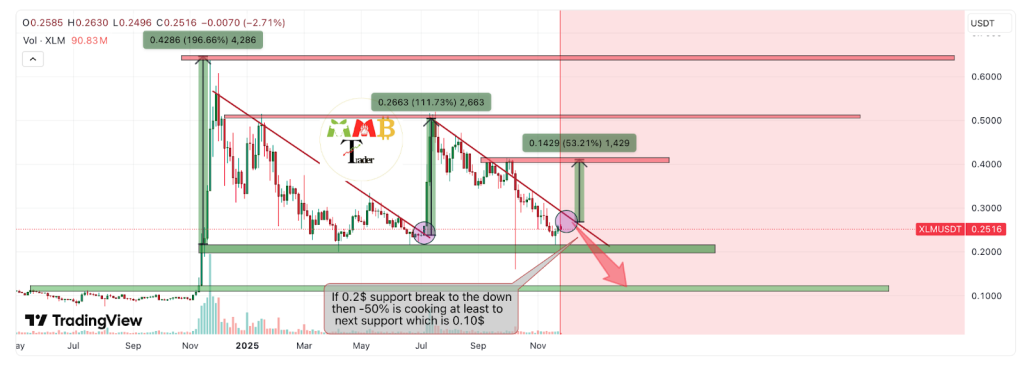Major Financial Institutions Enter Crypto Market
BlackRock and Fidelity have made a significant move into the cryptocurrency space with a combined $212.3 million investment in Ethereum. This development, shared by crypto commentator That Martini Guy, has drawn attention from traders, long-term investors, and the broader financial community. It represents another step in Ethereum’s journey toward becoming a more established component of global investment portfolios.
For years, major financial institutions largely avoided cryptocurrencies due to concerns about volatility, regulatory uncertainty, and perceived risks. Now we’re seeing a shift in that approach. BlackRock, as the world’s largest asset manager, and Fidelity, one of the top investment companies, are demonstrating clear interest in Ethereum specifically.
Their substantial investment suggests that cryptocurrencies are no longer viewed as niche assets. By committing over $200 million to Ethereum, these institutions are treating digital assets with the same seriousness they would approach traditional stocks and bonds.
Ethereum’s Unique Position
Ethereum stands apart from other cryptocurrencies because it serves as the foundation for numerous blockchain projects. Thousands of applications, including decentralized finance platforms and NFT marketplaces, operate on Ethereum’s network. This makes it fundamentally different from Bitcoin, which primarily functions as a store of value.
The 2022 transition known as “The Merge” marked a significant milestone for Ethereum. By shifting from proof-of-work to proof-of-stake consensus, the network dramatically reduced its energy consumption while introducing staking rewards for investors. These improvements make Ethereum more appealing to institutions concerned about environmental impact and seeking consistent returns. These factors likely influenced BlackRock and Fidelity’s decision.
Market Timing and Considerations
The timing of this investment is noteworthy. Ethereum’s price, like most cryptocurrencies, experiences considerable fluctuations. While new institutional capital can drive prices upward, the market remains subject to rapid corrections. Large firms typically manage this volatility through diversification strategies and careful risk management.
Regulatory challenges also remain a consideration. Governments worldwide continue to develop frameworks for cryptocurrency oversight. Clearer regulations might encourage more institutional participation, while restrictive policies could slow adoption. Investors are monitoring these developments closely.
Market Response and Future Outlook
When news of the investment broke, Ethereum’s market responded promptly. Many traders appeared to follow the lead of these established financial institutions, resulting in modest price increases as information spread through online channels. Some market participants believe that participation from trusted firms could contribute to greater market stability.
However, not everyone shares this optimistic view. Some caution that large investors might influence prices in ways that primarily benefit themselves. Others remind newcomers that cryptocurrency investments still carry substantial risks. Despite these concerns, the involvement of major financial names indicates how much the industry has evolved in recent years.
The key question now is whether other institutions will follow suit. If additional investment firms make similar moves, Ethereum and the broader cryptocurrency market could experience accelerated growth. This might lead to increased liquidity, improved services, and greater mainstream acceptance.
For now, the $212.3 million investment from BlackRock and Fidelity serves as a strong signal. It demonstrates that Ethereum is transitioning beyond retail traders and technology enthusiasts to become part of the global financial landscape. This development could potentially shape the future direction of cryptocurrency adoption and institutional participation.




